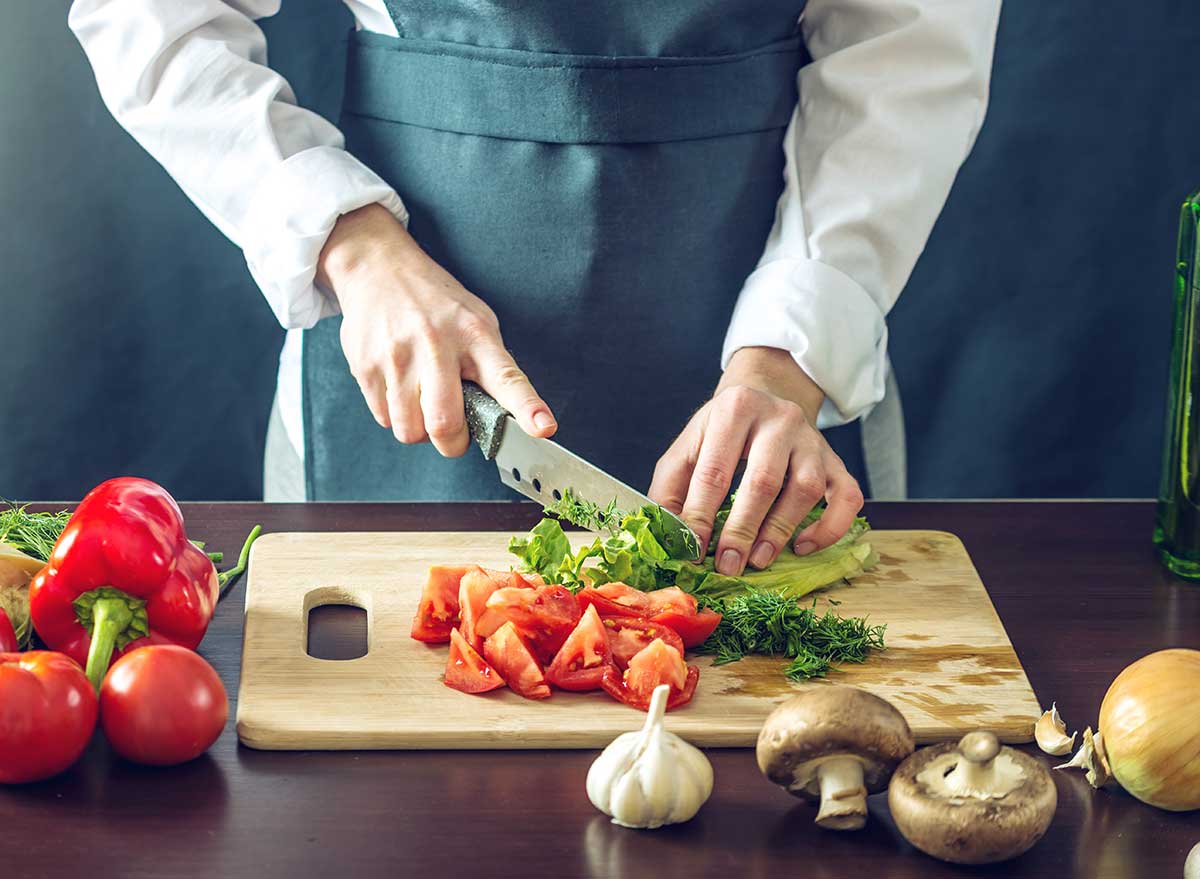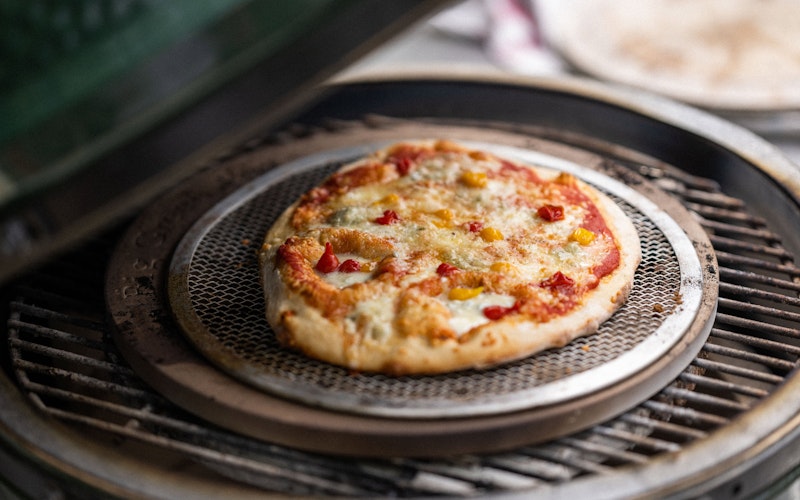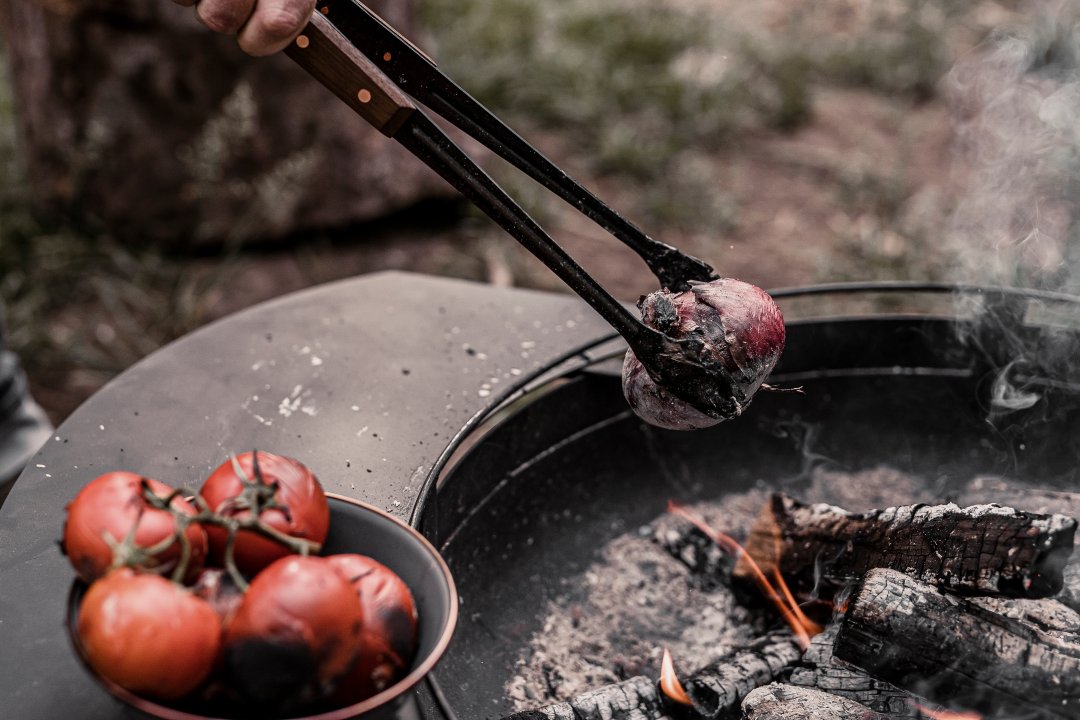As a kitchen professional, maintaining your tools is crucial for efficiency and longevity. One of the most essential tools in any kitchen is the cutting board. Whether its made of wood or bamboo, learning how to oil cutting board is vital for keeping it in top shape, preventing cracks, and ensuring it remains a hygienic surface for food prep. In this thorough guide, well discuss everything you need to know about oiling your cutting board, from why its necessary to the best oils to use and actionable steps to follow.

Why Oiling Your Cutting Board is Essential?
Wood naturally absorbs moisture, and without proper maintenance, your cutting board can warp, crack, or even harbor bacteria. Oiling creates a protective barrier that repels water and keeps the board in pristine condition. For professionals, having a sturdy, well-maintained cutting board can make all the difference in the fast-paced kitchen environment.
Benefits of Oiling Your Cutting Board Regularly:
- Prevents cracking and splitting.
- Keeps the surface smooth for easy chopping.
- Acts as a water-resistant layer.
- Improves the longevity of your cutting board.
Best Oils for Oiling a Cutting Board
Choosing the right oil is essential to ensure the board remains food-safe and durable. The oils you use should be food-grade, non-toxic, and non-rancid.
Top Recommended Oils:
- Mineral Oil:
- Beeswax:
- Coconut Oil:
- Walnut Oil:
This is the most commonly recommended oil. Its food-safe and affordable, making it a go-to option for both home and professional chefs.
Often used in combination with mineral oil, beeswax adds an extra layer of protection and a smooth finish.
If you prefer natural solutions, fractionated coconut oil is excellent as it resists going rancid, unlike regular coconut oil.
A premium choice, walnut oil is edible, protective, and penetrates wood deeply for enhanced care.
Step-by-Step Guide on How to Oil Cutting Board
Follow this simple process to properly oil your cutting board. Its a quick yet impactful way to prolong your boards life:
Step 1: Clean and Dry the Board
Before applying oil, ensure your cutting board is thoroughly cleaned and completely dry. You can learn how to clean wood cutting boards here. Remove any residue or food particles with warm, soapy water and let it air dry for at least a few hours.
Step 2: Apply the Oil Generously
- Use a clean cloth or paper towel to spread the oil over the entire surface of the board.
- Always apply oil in the direction of the wood grain to help it penetrate effectively.
Step 3: Let It Soak
Allow the oil to soak into the wood for about 4-6 hours or overnight for best results. This step ensures that the oil penetrates deeply into the board for maximum protection.
Step 4: Wipe Off Excess Oil
Use a clean, dry cloth to wipe any remaining oil off the board. You want a smooth, non-greasy surface thats ready for use.
Step 5: Repeat Regularly
For heavily used boards, oiling once a week is recommended. For less frequent use, oil your board once a month.
Maintenance Tips for Wooden Cutting Boards
- Never soak your cutting board in water as it can warp the wood.
- Avoid dishwashers; hand washing is best to retain the boards integrity.
- Use separate boards for raw meats and vegetables to prevent cross-contamination.
- Store your board in a dry, upright position to avoid moisture build-up.
For additional care, learn about treating other kitchen tools like cast iron grill pans.

FAQs
1. Can I use olive oil to oil my cutting board?
Though olive oil is edible, its not a suitable choice for oiling cutting boards. It can go rancid and leave an unpleasant smell over time.
2. How often should I oil my cutting board?
If youre a professional chef using the board daily, oil it once a week. For occasional use, once a month is sufficient.
3. How do I know when my cutting board needs oiling?
If your board feels dry or absorbs water quickly, its time to reapply oil.
For more insights about cutting boards and professional kitchen maintenance, check detailed tips on wood vs. plastic boards here.
This article contains affiliate links. We may earn a commission at no extra cost to you.






Leave a comment
This site is protected by hCaptcha and the hCaptcha Privacy Policy and Terms of Service apply.